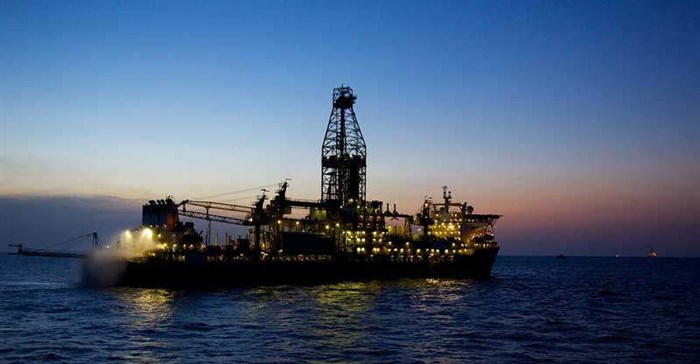A string of successful exploration projects over the last decade has seen the number of African countries with proven oil and gas reserves rise to 28, thanks to new discoveries in Ghana, Niger, Mozambique, Uganda, Kenya, Senegal, Mauritania and South Africa.

Area 4, Rovuma Basin, Mozambique
The investment required to bring these countries onstream will add further impetus to Africa’s oil consumption, which at four-million barrels a day already significantly exceeds the continent’s 2.1-million barrels of daily refinery output. Africa’s oil and gas sector is once again attracting investment from exploration companies and refiners following a prolonged break sparked by a slump in oil prices.
Mozambique booming
The game-changing nature of Mozambique’s offshore gas opportunities offers major opportunities for investors. Mozambique’s resources are huge, with a 150-trillion cubic feet of liquified natural gas (LNG) reserves, equivalent to 24-billion barrels of oil. The process of transforming those resources into individual LNG and Domgas requires an immense amount of investment. Our general assumption is that around $128bn needs to be spent between 2017-2025.
The Coral Floating LNG project is currently under construction and is envisaged to produce its first gas in July 2022. The final investment decision (FID) for Area 1 was approved on 18 June and has kickstarted development in Mozambique. With over 5,000 workers on site, Area 1 is responsible for constructing support facilities to be shared with Area 4, such as the materials offloading facility and LNG marine terminal, as well a resettlement camp, airstrip and highway amongst other developments.
An independent macroeconomic study of Area 4’s Rovuma liquified natural gas project indicated that it is expected to attract between $27-32bn in investment. This will drive Mozambique to become the world’s fourth largest producer of LNG, and add between $15-18bn to the country’s GDP. The FID for Area 4 is expected in October this year. Expressed another way, once this is approved, the Afungi Site in Northern Mozambique will become the world’s most expensive piece of real estate, attracting $55bn in investment.
The process of developing LNG plants will automatically provide opportunities for multiple industrial, tertiary as well as service-based companies, some of which may need to establish a local presence to serve these plants.
“Beyond the hard infrastructure, entire new urban centres and the populations that they will house, feed, clothe, educate, entertain and provide with services represent a huge opportunity for a highly diversified industrial and services sector,” says Rob Cleasby, global head, financial institutions group, Standard Bank Corporate and Investment Banking.
East Africa
Another opportunity is developing in East Africa, whose highly diversified economies are growing northwards of 6% in a highly integrated regional market, that is attracting significant levels of Foreign Direct Investment (FDI). The development of the Uganda-Tanzania pipeline has further spurred FDI, with an expected capex spend of $25bn over the next five to seven years. Upstream, midstream and downstream projects are expected to propel the region’s economy from its current $175bn to $400bn by 2028.
Opportunities are also opening up for private infrastructure investors in public-private partnerships (PPPs). Unlike government-to-government projects which often exclude smaller and local players, PPPs generally focus on commercially viable projects with strong, cash-generative, business cases. These projects are also highly reliant on domestic and other foreign business involvement, support, supply, operation and outsourcing.

























